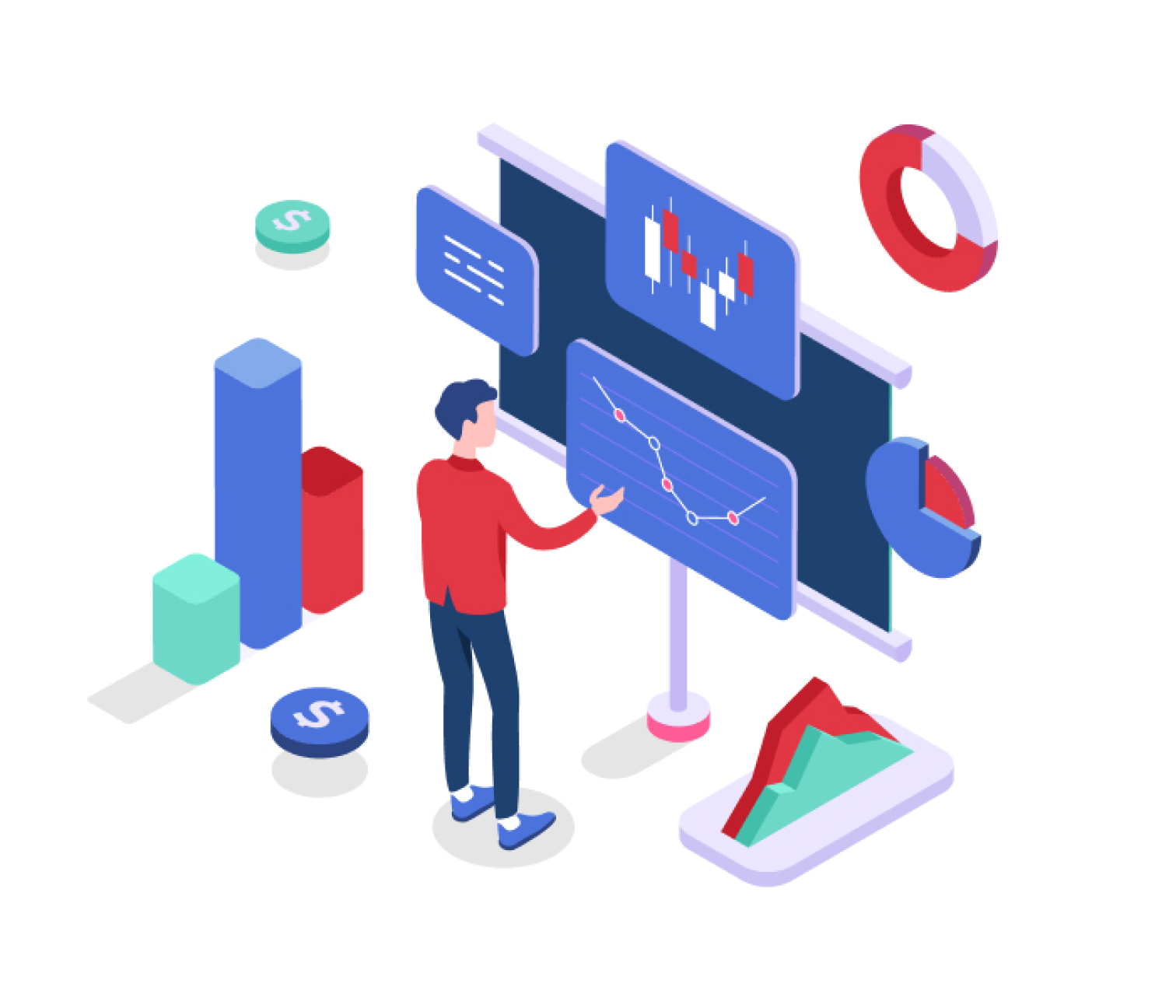Many brands obsess over cost-per-acquisition, but overlook the metric that truly fuels sustainable growth: Customer Lifetime Value (LTV).
What if your affiliate marketing efforts could do more than just drive conversions? What if they could build loyalty, increase repeat purchases, and maximize the total value of every customer over time?
In this blog, we’ll explore five strategic ways to use affiliate marketing not just as an acquisition tool, but as a long-term growth engine that boosts LTV and deepens customer relationships.
What Is Customer Lifetime Value (LTV) in Affiliate Marketing?
Customer Lifetime Value (LTV) is the total revenue a customer brings to your business throughout their relationship with your brand.
In affiliate marketing, we often focus on driving the first sale, but a more strategic approach looks beyond that. The goal is not just to acquire customers, but to attract the right customers, those who return, spend more, and engage over time.
In markets like the UAE, KSA, and Egypt, where customer acquisition costs are rising and competition is fierce, LTV isn’t just a KPI. It’s a strategic advantage.
5 Powerful Strategies to Increase LTV with Affiliate Marketing
1. Prioritize High-Intent Affiliate Partnerships
To increase LTV, start by evaluating who is driving your traffic. Look for affiliates who go beyond discounts or mass traffic, and instead build credibility with niche audiences:
- Niche influencers who educate and influence purchasing decisions
- Content affiliates who offer reviews, comparisons, or in-depth guides
- Loyalty platforms that incentivize repeat purchases
These affiliates attract customers who are more aligned with your brand, more informed, and more likely to stick around.
MENA Tip: Arabic-speaking content creators and localized coupon platforms can play a huge role in building trust and improving retention in regional markets.
2. Align Affiliate Incentives with Customer Value
Most affiliate programs reward for the first sale. But if your focus is LTV, your incentives should reflect that.
Try performance-based tiering:
- Offer higher commissions for affiliates whose referred users make 2+ purchases
- Introduce loyalty-based bonuses (e.g., if referred users subscribe or stay active after 90 days)
- Reward affiliates based on average order value or subscription duration
By aligning affiliate incentives with post-purchase behavior, you encourage partners to think long-term—just like you.
3. Use Affiliate Campaigns to Kickstart Lifecycle Marketing
Affiliate marketing is the starting point—but what happens after the first click or conversion matters even more.
Build an automated post-sale journey that keeps users engaged:
- Welcome emails tailored to their referral source
- Retargeting ads that upsell or cross-sell
- Personalized messages on WhatsApp or SMS (especially powerful in GCC markets)
- Exclusive early-access or loyalty programs
When your post-acquisition flow is thoughtful and value-driven, you turn that first affiliate-driven interaction into a high-value relationship.
4. Create a Repeatable, Strategic Customer Journey
A consistent customer journey creates expectations, builds loyalty, and increases LTV. Design an intentional lifecycle that spans from discovery to retention:
- Day 1–7: Onboarding sequence with product education and social proof
- Day 8–14: Engagement via newsletters, loyalty points, or cross-sell offers
- Day 15–30+: Reactivation through personalized discounts or content
Document this journey. Share it with key affiliates. Let them know how your brand supports the customer beyond the first transaction—they’ll market you differently as a result.
5. Apply the Loop Method: Re-Engage, Re-Activate, Repeat
The Loop Method is a retention-first framework that treats customer engagement as a continuous cycle—not a linear path.
Here’s how it works:
- Attract: Drive high-quality traffic via trusted affiliates
- Convert: Offer relevant, compelling deals for first-time buyers
- Delight: Deliver value with onboarding, great service, and communication
- Retain: Re-engage with loyalty offers, content, or community-building
- Repeat: Encourage the next purchase—through email, retargeting, or even affiliates again
This model keeps customers in motion, creating multiple revenue loops from each individual, multiplying their lifetime value.
Why Strategic Journeys = Higher LTV
When you standardize your customer experience across acquisition and retention, several things happen:
- You increase trust by meeting customer expectations consistently
- You gain predictability in revenue and retention forecasting
- You empower affiliates to play a bigger role in your overall funnel
And for MENA-based brands, where omnichannel behavior and cultural nuance influence every stage of the funnel, this structured approach creates a powerful edge.
LTV Is the Growth Metric That Matters
If you’re relying solely on acquisition, your growth will always be limited by your budget. But when you focus on Customer Lifetime Value, every customer becomes more than a number—they become an ongoing revenue stream.
Affiliate marketing, when done strategically, is one of the most powerful tools to boost LTV. It connects you with intent-rich audiences, aligns partner incentives with real value, and starts customer journeys that lead to loyalty, not just purchases.
So the next time you launch an affiliate campaign, ask yourself:
Is this built for a one-time sale or a long-term relationship?
The answer might determine the future of your brand’s growth.








